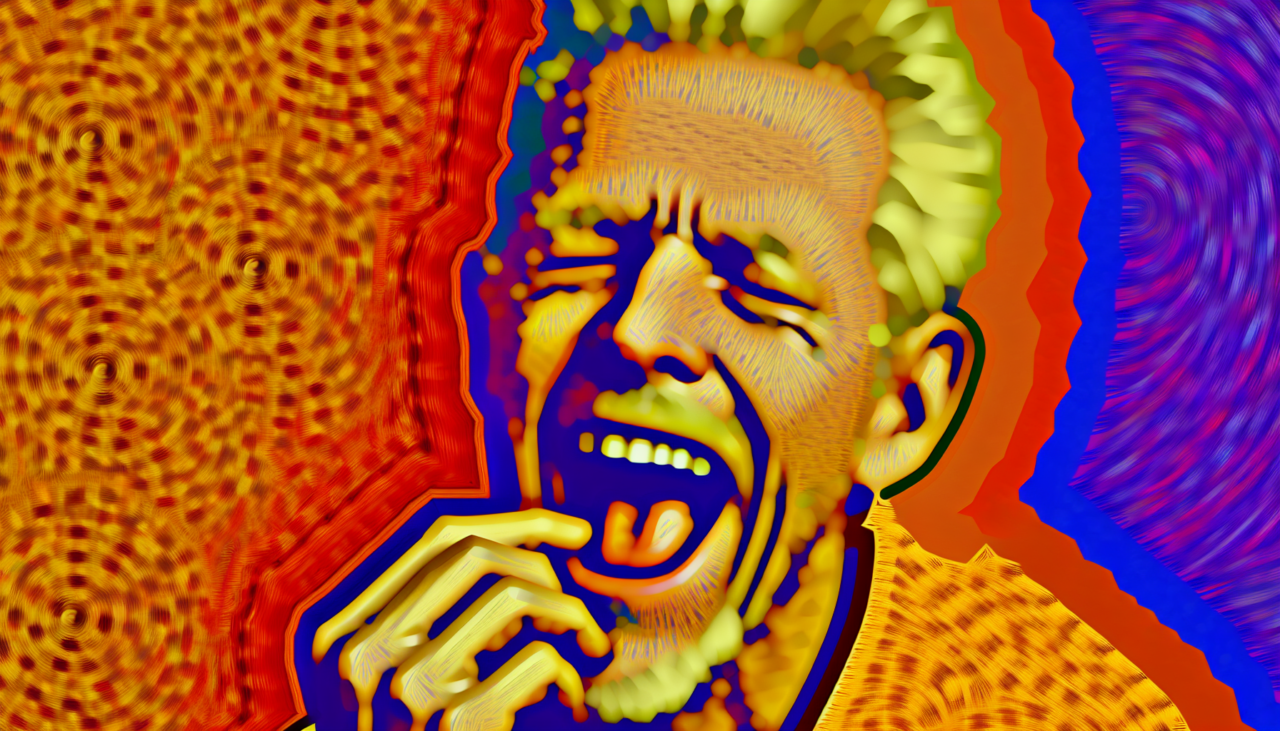Introduction
This case report explores a rare occurrence of yawning during sleep in conjunction with sleep bruxism and obstructive sleep apnea (OSA). These conditions are known for their complex pathogenesis and multidisciplinary challenges. The subject of this study is a 71-year-old male with a history of coronary artery disease, who underwent video-polysomnography (vPSG) due to suspected OSA. The vPSG confirmed severe OSA, sleep bruxism, and frequent yawning episodes during sleep. This report aims to shed light on the temporal relationship between these phenomena and their potential underlying mechanisms.
Case Presentation
The patient, a 71-year-old man, was referred to the Sleep Laboratory at Wroclaw Medical University, Poland, from the Cardiology Unit. He reported typical OSA symptoms such as loud snoring, witnessed apneas, and frequent awakenings. His medical history included hospitalization for acute coronary syndrome a year prior, with subsequent percutaneous cardiovascular intervention. Other health issues included hypertension, prediabetic glucose levels, hypercholesterolemia, benign prostate hyperplasia, and a past history of smoking. The patient was on medications including acetylsalicylic acid, pantoprazole, ramipril, and atorvastatin.
Diagnostic Procedures
The patient underwent a diagnostic vPSG on March 29, 2023, confirming severe OSA. A follow-up in-laboratory PAP titration was conducted on April 18, 2023. Despite improved polysomnographic parameters, the patient reported discomfort and low adherence to the therapy, leading to its discontinuation.
Polysomnography Findings
The vPSG revealed 34 yawning episodes during sleep, often linked with phasic bruxism episodes. These episodes were observed across various sleep stages, primarily N1 and N2, and were associated with apneic events and subsequent desaturation. The yawning episodes were reduced during the second vPSG with PAP titration, indicating a potential hypoxic basis for yawning.
Discussion
Yawning during sleep is an unusual phenomenon, with several theories suggesting its role in thermoregulation, brain cooling, and arousal mechanisms. The current case suggests a temporal relationship between yawning and sleep bruxism, possibly linked to hypoxia. The resolution of yawning episodes following PAP therapy supports this hypothesis.
Therapeutic Intervention
The patient was prescribed PAP therapy with a pressure range of 4–12 cm H2O and an individually fitted nasal mask. Despite satisfactory therapy results, the patient reported discomfort and poor adherence, using the device for an average of 3 hours per night. Consequently, he chose to discontinue the therapy.
Conclusion
This case highlights the unusual occurrence of yawning during sleep in a patient with OSA and sleep bruxism. The findings suggest a potential hypoxic basis for yawning, warranting further research into the neurochemical and physiological mechanisms involved. The case also underscores the importance of considering the biopsychosocial context in managing sleep-related disorders.
Ethical Considerations
The study was approved by the Bioethics Committee at the Medical University of Wrocław and conducted in accordance with the Declaration of Helsinki. Written informed consent was obtained from the patient for publication.
References
The original contributions presented in this study are included in the article/supplementary material. Further inquiries can be directed to the corresponding author.
**Fuente:** https://www.frontiersin.org/journals/medicine/articles/10.3389/fmed.2025.1596512/full

